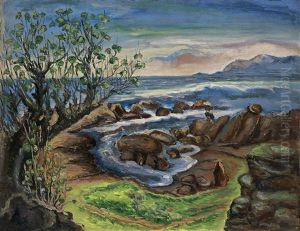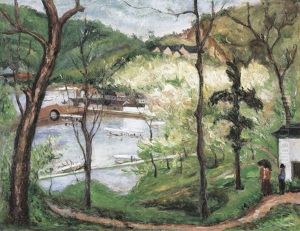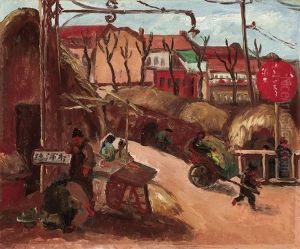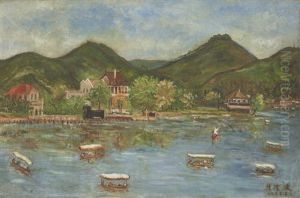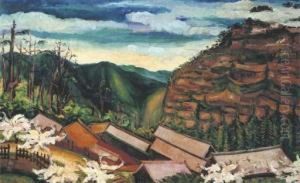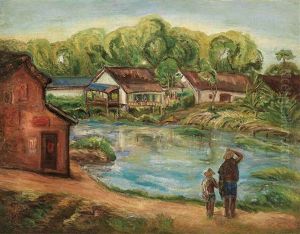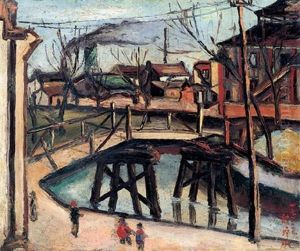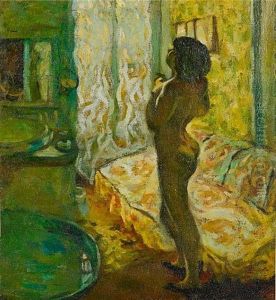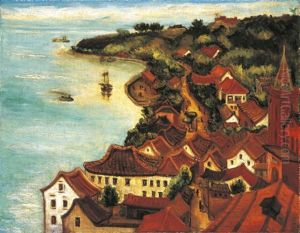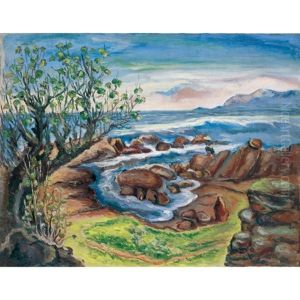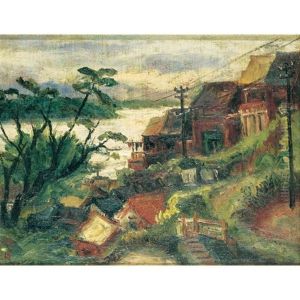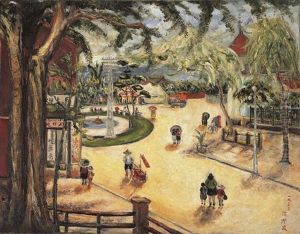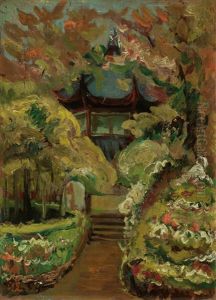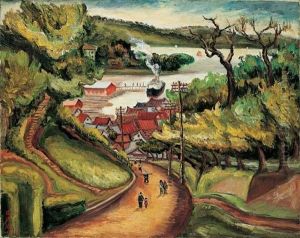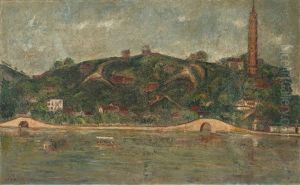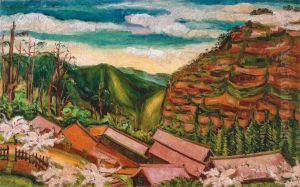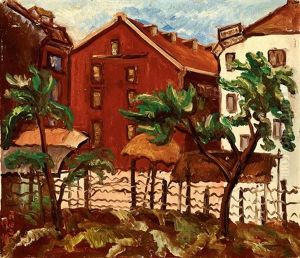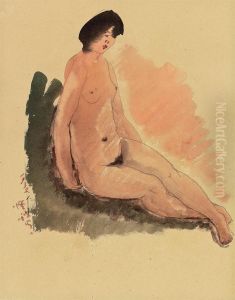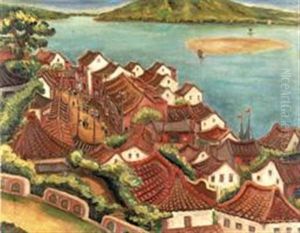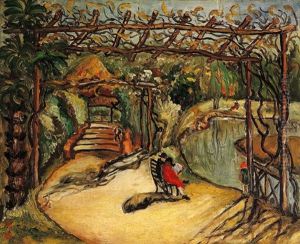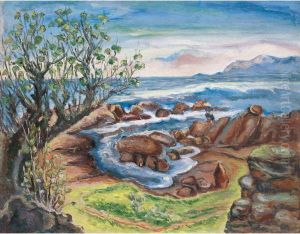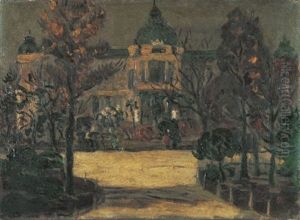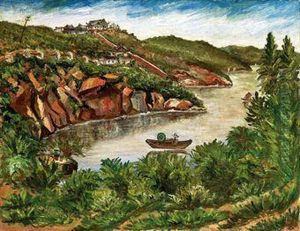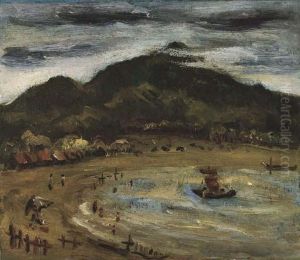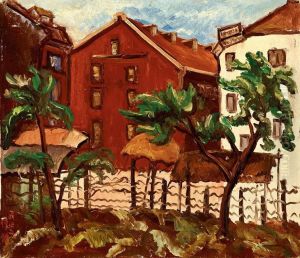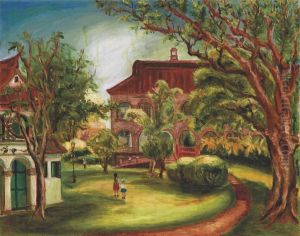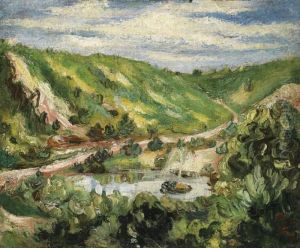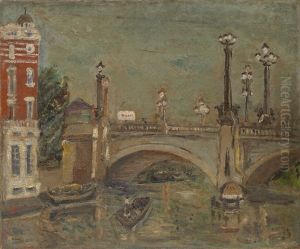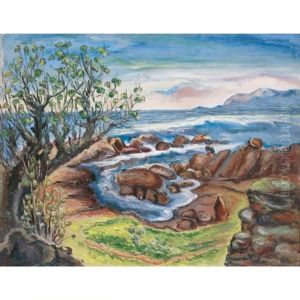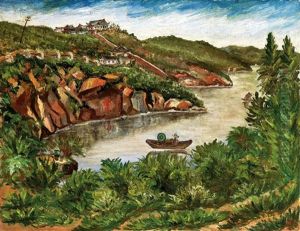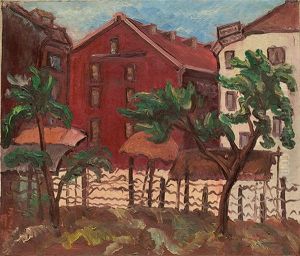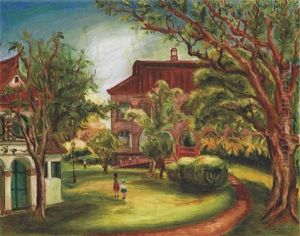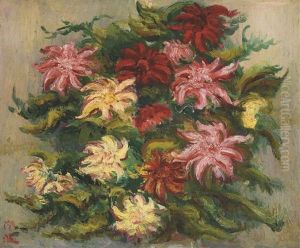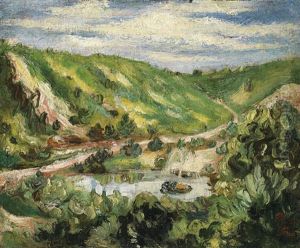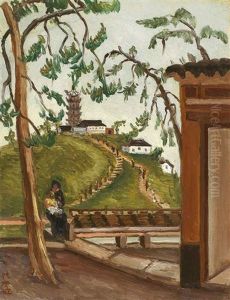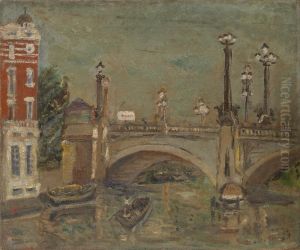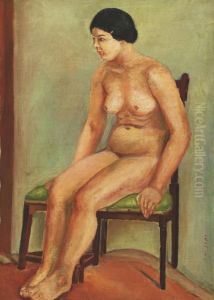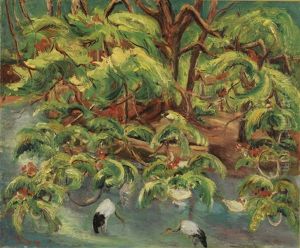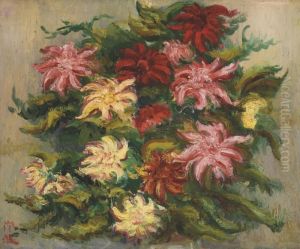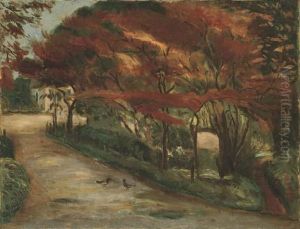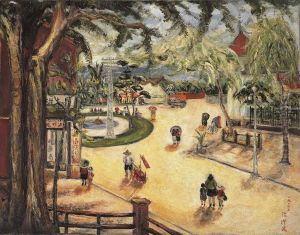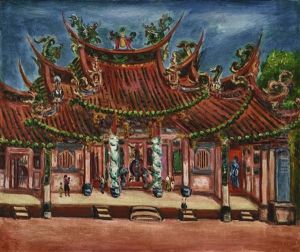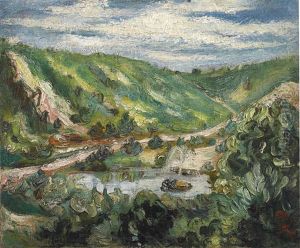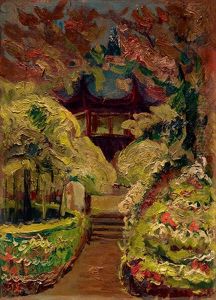Chen Cheng-Po Paintings
Chen Cheng-Po was a prominent Taiwanese painter, educator, and advocate for cultural and artistic developments in Taiwan during the Japanese colonial period. Born on July 17, 1895, in Chiayi, Taiwan, Chen showed an early passion for art, which led him to pursue further education in the field. He traveled to Japan, where he studied at the Tokyo School of Fine Arts, graduating in 1917. Chen was distinguished as the first Taiwanese artist to have his work selected for the prestigious Imperial Art Exhibition (Teiten) in Japan, a significant achievement that helped elevate his status within the art community.
Chen's artistic style is known for its integration of traditional Chinese painting techniques with Western painting principles, embodying a unique blend that reflected the cultural amalgamation of Taiwan under Japanese rule. His works often depicted the Taiwanese landscape and the daily lives of its people, capturing the essence of Taiwan's natural beauty and the spirit of its inhabitants with a warm and vivid palette.
Beyond his contributions to the art world, Chen Cheng-Po was deeply involved in cultural and educational activities. He was instrumental in establishing art institutions and promoting art education in Taiwan. Chen advocated for the appreciation and development of local arts, encouraging a sense of cultural identity among the Taiwanese people during a time of colonial influence.
Unfortunately, Chen's life came to a tragic end when he was executed by the Kuomintang government on March 25, 1947, following the 228 Incident, a violent suppression of an anti-government uprising in Taiwan. His death was a significant loss to the Taiwanese art community and marked the end of an era. However, Chen Cheng-Po's legacy lives on through his art, which continues to be celebrated and revered for its historical and cultural significance in Taiwan and beyond.
